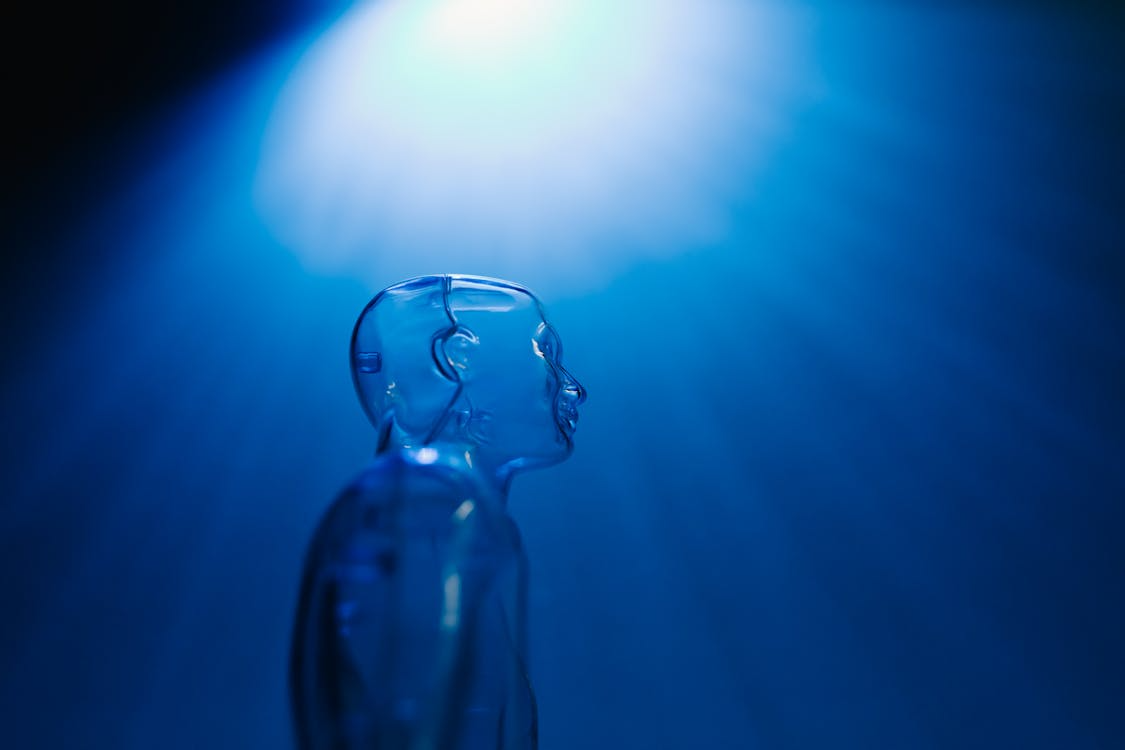Medical device translation is a highly specialized task, primarily involving the translation of technical documents, user manuals, promotional materials, and other related content about medical devices from one language to another. This is to meet the needs of research and development, production, sales, and use of medical devices on a global scale.
1.Translation Features
High Specialization
The field of medical devices encompasses a vast array of professional terms and concepts, including vocabulary from anatomy, physiology, medical engineering, and more. For example, terms like "stent," "catheter," and "electrocardiogram" require translators to possess solid professional knowledge to accurately translate these terms and ensure the professionalism and precision of the translation.
Stringent Accuracy Requirements
The use of medical devices directly impacts patients' health and safety. Therefore, translation must be absolutely accurate. Any errors or ambiguities can lead to severe consequences, such as improper use, misdiagnosis, or incorrect treatment. For instance, when translating user manuals for medical devices, critical information like dosage and operational steps must be translated with utmost precision, leaving no room for mistakes.
Strict Regulatory Compliance
The medical device industry is subject to stringent regulations and standards. Translation content must conform to relevant regulatory requirements. For example, in the European Union, medical device translations need to comply with regulations such as the Medical Devices Directive (MDD) and the Medical Devices Regulation (MDR). In the United States, they must adhere to the regulations set by the Food and Drug Administration (FDA).
2.Translation Process
Pre-translation Preparation
Translators need to acquire relevant background knowledge about medical devices, compile and organize glossaries of professional terms, and communicate with clients to clarify translation requirements and priorities. For example, when dealing with a new type of medical imaging device, the translator should first familiarize themselves with the device's imaging principles and clinical applications to facilitate better translation.
Translation
Based on the specific content and characteristics of the medical device, translators utilize their professional knowledge and translation skills to carry out the translation. During the process, attention should be paid to term consistency, accurate and fluent language expression, and compliance with relevant regulations and standards to ensure the translation meets the norms.
Proofreading and Review
Experienced proofreaders review the translation, checking for accurate term translation, completeness of content, and clarity of logic. Key terms and important information should be double-checked. Additionally, the format of the translation should be compared with the original to ensure overall standardization.
Quality Inspection
Through a comprehensive quality inspection process, the quality of the translation is thoroughly evaluated. Methods such as cross-checking by multiple individuals and referencing authoritative materials can be employed to ensure the translation reaches a high standard. Meanwhile, necessary revisions and improvements should be made to the translation based on client feedback.
3.Factors Influencing Translation Quality
Translator's Professional Competence
The translator's professional knowledge, language proficiency, and translation experience are key factors affecting translation quality. Translators with backgrounds in medicine, biology, engineering, and other related fields, who are also proficient in both the target and source languages, can better understand and translate medical device-related content.
Terminology Management
The medical device industry features a large number of terms that are constantly updated. Establishing a comprehensive terminology management system is crucial for ensuring translation quality. Translators need to stay informed about changes in industry terminology, accurately use the latest terms, and guarantee the professionalism and timeliness of the translation.
Communication with Clients
Maintaining good communication with clients and understanding the specific uses, target audiences, and market positioning of medical devices help translators better grasp the translation priorities and style during the process. Timely feedback on issues encountered during translation can avoid misunderstandings and errors, thereby improving translation quality.
4.Why Choose Artlangs Translation?
20 Years of Industry Experience
Headquartered in Chengdu, Sichuan, we have served over 1,000 enterprise clients, with our reputation speaking for our strength.
Information Security Assurance
We sign confidentiality agreements and support legal contracts to safeguard client data security throughout the process.
Worry-free After-sales Service
We offer lifetime free revisions of translations, provide stamped certifications and official invoices, assisting enterprises in compliant declarations.











